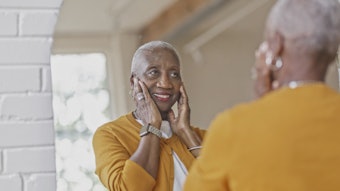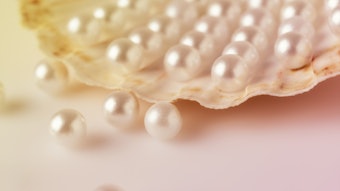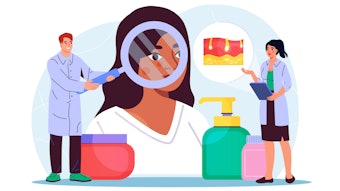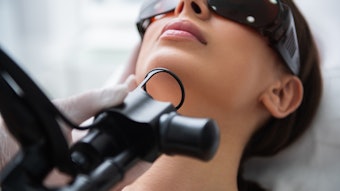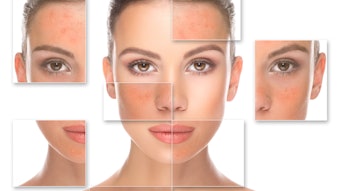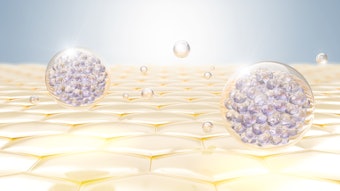Fear not the knife
Experienced dermatologists offer insights and encouragement to perform advanced cosmetic surgeries.
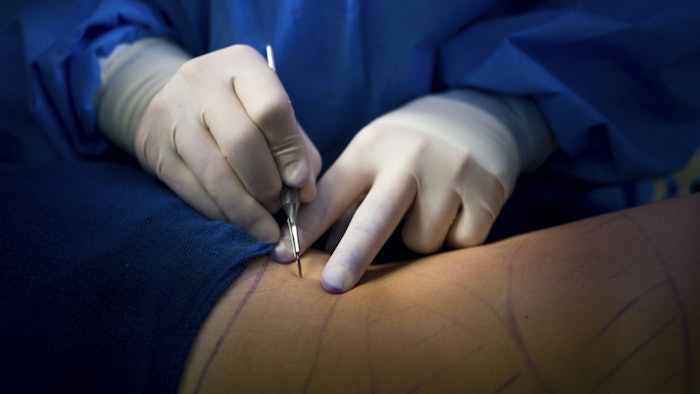
When it comes to the skin, less is more and safer is better. In some cases, surgery is the only option, and this requires advanced education and extra precaution.
Ariel Ostad, MD, FAAD, owns Cosmetic, Laser, and Dermatologic Surgery, a boutique aesthetics practice in New York City, and is associate clinical professor at NYU School of Medicine. When he lectures to future or current physicians in the field, he strives to instill confidence as much as knowledge.
“My goal is to inspire and motivate dermatologists that advanced procedures can be performed under local anesthesia, but it requires proper awareness of anatomy and training,” he said.
More than meets the eye
 Ariel Ostad, MD, FAAD
Ariel Ostad, MD, FAAD
Dr. Ostad said dermatologists should not be afraid to perform the complex procedure once they have received the requisite extensive instruction.
“Dermatologists are experts at removing skin in general; doing so on the eyelid is really no different,” he said.
Blepharoplasty does require exacting precision as it entails measuring the skin on or under the eyelid and adequately marking the area, followed by carefully removing and suturing the skin. Dr. Ostad said to always be conservative in the amount of skin removed to maintain a natural appearance and ensure proper functionality, such as the ability to close one’s eyes after surgery. (View an instructional video on blepharoplasty from Dr. Ostad.)
It’s important to not cut too deep, especially in the lower eyelid where there are additional ocular muscles, arteries, and veins. Dr. Ostad also said to be mindful of achieving proper hemostasis to avoid the complication of retrobulbar hematoma, which can lead to blindness.
Even if certain procedures or techniques were part of one’s medical training, continuing education is mandatory to keep up with new innovations, he said.
Best face forward
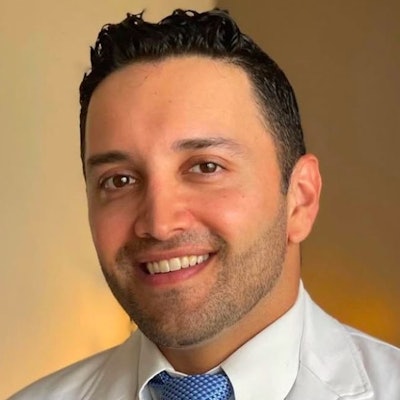 Alexander Dane, DO, FAAD
Alexander Dane, DO, FAAD
For example, face lifts demand mastery in “recognizing bony landmarks, soft tissue compartments, and aesthetic subunits when planning incisions and performing reconstructions that align with the natural contours of the face,” said Alexander Dane, DO, FAAD.
“Throughout residency, having hands-on dissection courses, concise anatomic texts, and reconstruction workshops can help improve understanding of facial anatomy, nerve pathways, and vascular structures to improve patient outcomes,” said Dr. Dane, who is a dermatologist and Mohs surgeon at Advanced Dermatology and Cosmetic Surgery in Tampa, Florida.
There are various ways to attain this additional training: fellowships, preceptorships, and shadowing experienced colleagues. Regardless of the route, or combination thereof, dermatologists are capable, said Lauren Moy, MD, FAAD.
 Lauren Moy, MD, FAAD
Lauren Moy, MD, FAAD
Dermatology runs in Dr. Moy’s family. Her father, Ronald L. Moy, MD, FAAD, has been practicing for more than 25 years and has held esteemed leadership positions, including president of the AAD from 2011-2012. Part of her recipe for success involves setting clear expectations with patients and communicating proper recovery.
Down the road, Dr. Dane said dermatologists may have the ability to offer patients bespoke virtual simulations before undergoing surgery or AI-generated treatments that incorporate microbiome analysis to aid in healing. Both he and Dr. Ostad predict improvements in facial and skin tightening devices that will open up nonsurgical options to patients with complex cases.
“These advancements will shape the future of dermatology, making treatments more effective, less invasive, and highly personalized,” said Dr. Dane.
Shape of you
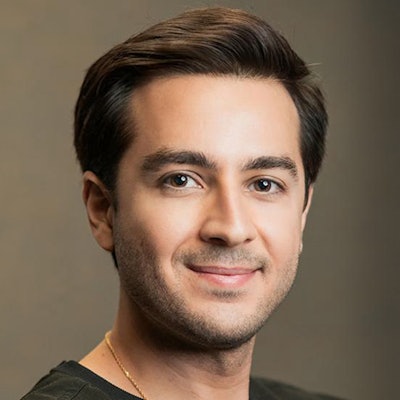 Aria Vazirnia MD, MAS, FAAD
Aria Vazirnia MD, MAS, FAAD
“First, you need a solid understanding of tumescent anesthesia and proper training in how to administer it and operate safely so it not only provides sufficient numbing, but also reduces blood loss and protects lymphatic structures. Proper patient positioning is also crucial to establish a safe subcutaneous plane for the liposuction cannula,” said Dr. Aria, a dermatologist and dermatologic surgeon representing the Advanced Lipedema Treatment (ALT) Program at The Roxbury Institute in Beverly Hills, California.
There is more to liposuction than just science though: “There is an art to body contouring,” he said.
 Kimberly Butterwick, MD, FAAD
Kimberly Butterwick, MD, FAAD
“Because this is a procedure developed by a dermatologist for dermatologists, I believe more of us should embrace this technique, as its safety and efficacy are unsurpassed,” she said.
Beyond proper training for the physician, Dr. Butterwick said the entire clinical team needs to be educated and on the same page to achieve successful preoperative, perioperative, and postoperative outcomes.
The basics of tumescent liposuction have remained the same over time, but innovative tools and nuanced approaches are always being evaluated. For example, Dr. Aria said he may use enhanced energy-based devices (e.g., subdermal or monopolar radiofrequency, radiofrequency microneedling) to further address tissue laxity.
Associations like the American Society for Dermatologic Surgery (ASDS) have specialized courses, preceptorship programs, and fellowships to supplement education or fine-tune techniques, he said.
Other helpful resources include attending hands-on workshops and meetings, such as the American Academy of Dermatology (AAD) Annual Meeting, as well as keeping up with related literature to stay informed, said Dr. Butterwick. For example, she has found that: “In abdominal liposuction, there are areas in the lower abdomen where there are deeper fat pockets, under Scarpa’s fascia. There are special approaches to remove this deep fat as well as the more superficial fat to get the best results.”
A little goes a long way
Hooman Khorasani, MD, FAAD, associate clinical professor of dermatology at NYU Langone School of Medicine, specializes in nano-fat injections, another advanced cosmetic surgery that requires expertise beyond traditional medical school and residency education. (View an instructional video on nano-fat injections from Dr. Khorasani.)
“Successful nano-fat injection procedures depend on the physician’s ability to harvest fat without damaging adipocytes, properly store and process the fat for grafting, and place the fat in the appropriate plane and depth to optimize outcomes. The use of autologous fat grafting — fat derived from the patient — requires meticulous attention to detail in order to improve graft survival,” he said.
 Hooman Khorasani, MD, FAAD
Hooman Khorasani, MD, FAAD
Potential complications include purification errors, improper graft placement, and trauma that can occur during the fat harvesting and grafting phases. In fact, he said only half of harvested fat survives the grafting process, on average. This means it’s not uncommon for patients to require multiple procedures, and they should be aware of this probability.
“With micro-fat grafting, patients can expect improvements in the contour of the treated area, while nano-fat grafting primarily enhances skin quality through stem cell activity,” said Dr. Khorasani.
Stem cell use within aesthetic dermatology is a hot topic — one that will reshape the practice as understanding progresses and technology advances, he said.
“Further refinement of purification methods and techniques to minimize graft trauma would help increase graft survival,” said Dr. Khorasani. “As more patients opt for regenerative medicine alternatives to injectable dermal fillers, fat grafting is likely to experience a resurgence in popularity due to its autologous nature and the natural results it provides.”
